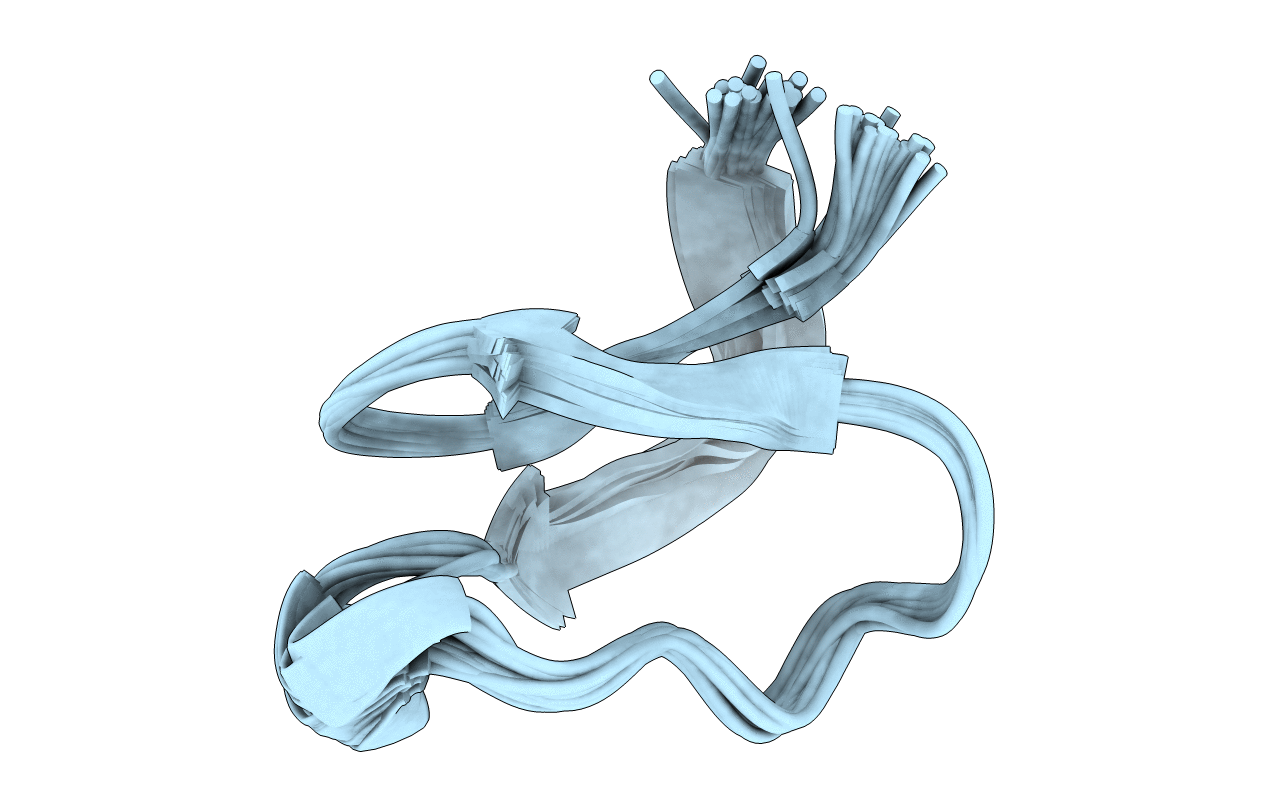
Deposition Date
2008-08-10
Release Date
2009-02-10
Last Version Date
2024-10-30
Method Details:
Experimental Method:
Conformers Calculated:
50
Conformers Submitted:
20
Selection Criteria:
20 structures for lowest energy


